Bold Colors, Alternative Materials: Are Watch Trends Moving Too Fast?
Buyers Guides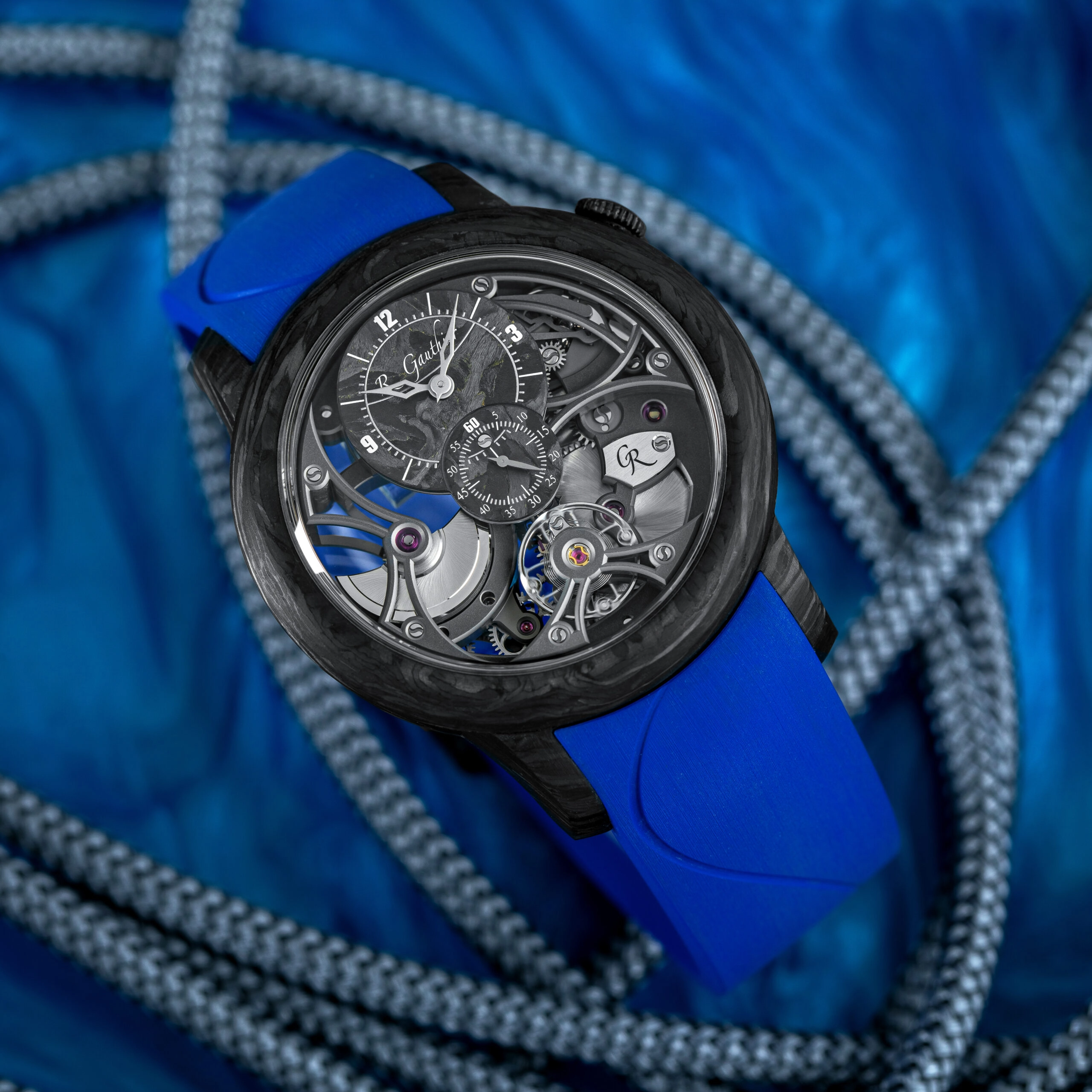
Green dials, gradient fades, luminous cases, titanium, carbon, ceramic — even recycled ocean plastics. With the steady march of new releases , it’s easy to feel like the watch world has hit fast-forward. What used to be slow, evolutionary design shifts now feel like waves of trend cycles arriving every quarter, if not with even greater frequency. Blink and you’ve missed whatever color or case material was hot two months ago.
For some, this energy is exciting. It’s a sign that watchmakers are experimenting again and responding to a new generation of collectors who want more than just stainless steel and silver dials. But for others, the pace feels frenetic. There's a growing sense that the line between what feels fresh and what’s fleeting is becoming harder to navigate.
From Function to Fashion
It wasn’t long ago that most watches were still fairly conservative in both design and material. Steel and gold dominated. Dials were black, white, silver, or maybe navy blue if someone was feeling bold. Titanium was for tool watches. Ceramic was exotic. And color? That was saved for straps, if anything.
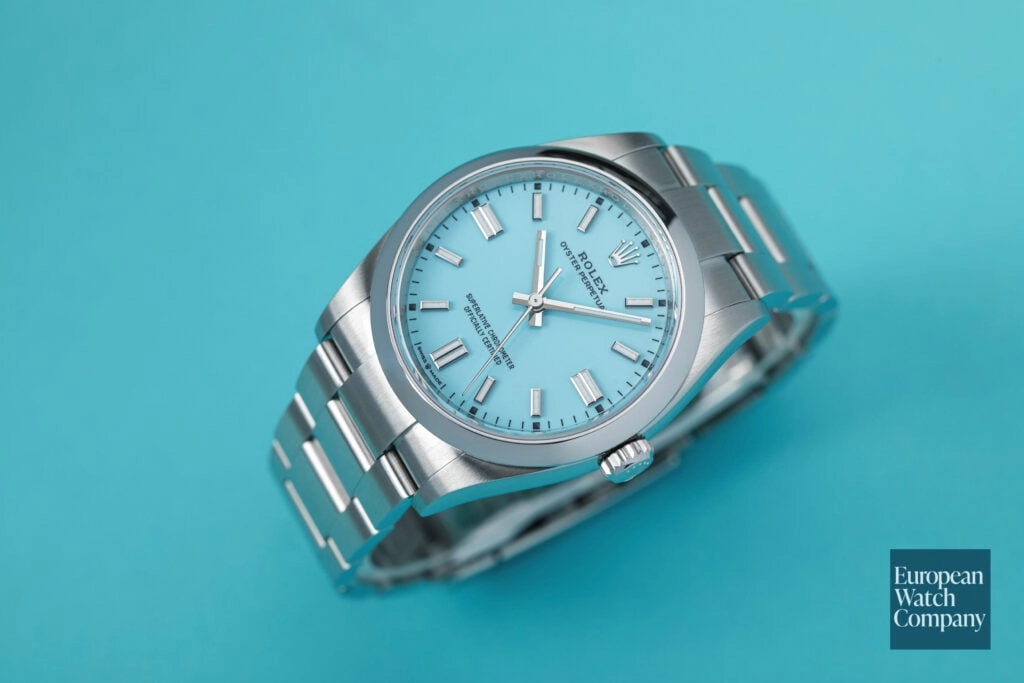
Now color is everywhere. Watch brands from Rolex to Patek are embracing everything from Tiffany blue to pistachio green. Case materials, too, have gone from being purely functional to openly expressive. Carbon adds a pattern, ceramic offers a smooth matte finish, and titanium brings its lightweight benefits.
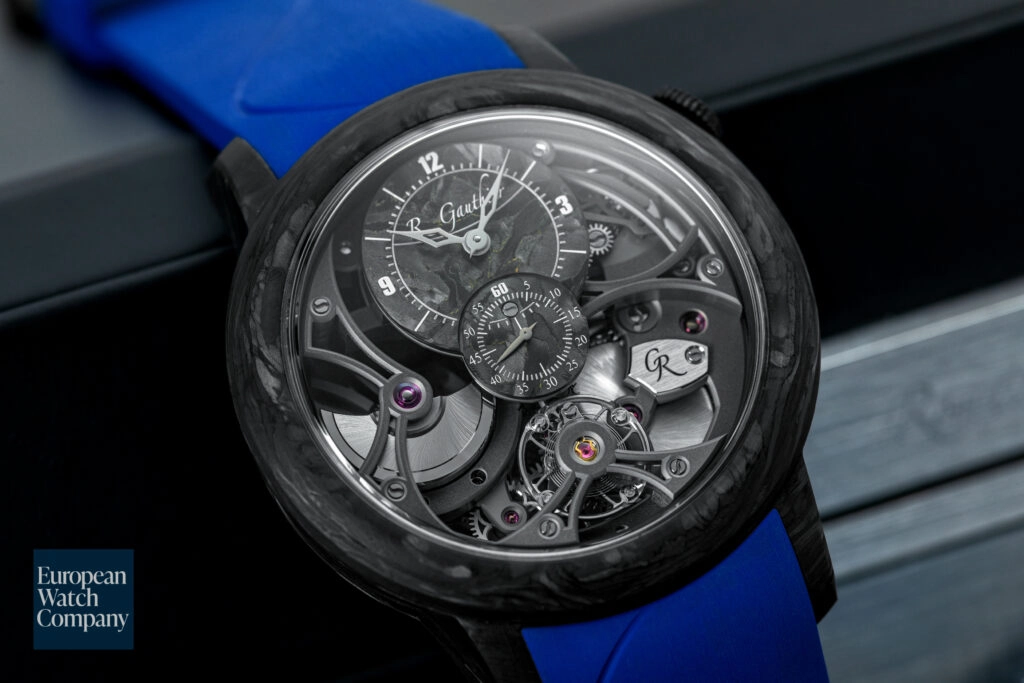
Some of these changes are being driven by real material innovation, but much of it comes down to demand. Collectors want something that feels different, something they haven’t seen a hundred times before. That perspective resonates with watch designer Lukas Young, co-founder of independent brand Fam Al Hut, who sees this moment not as a passing phase but part of a broader cultural shift.
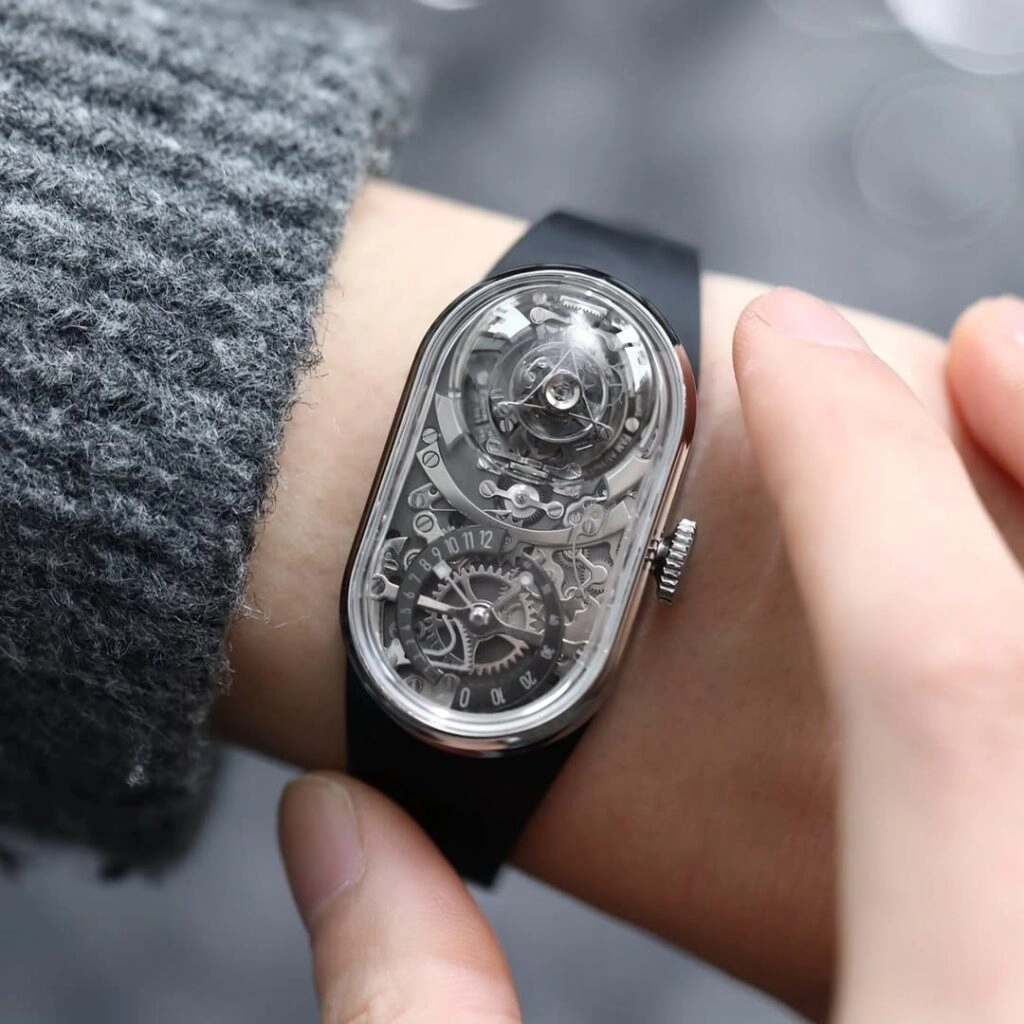
Photo courtesy of Watchoosy
“I don’t see the trend of bold dial colors as a passing fad,” Young said. “It feels more like a collective exploration, a response to the uncertainty of the future.”
The Independent Advantage
Young believes the key lies in balance. “A great watch strikes a balance between traditional codes and contemporary taste,” Young said. “I’m personally drawn to brands like Greubel Forsey, MB&F, and Laurent Ferrier. Each of them, in their own way, fuses classical watchmaking with modern expression, and that’s precisely the kind of harmony I admire.”
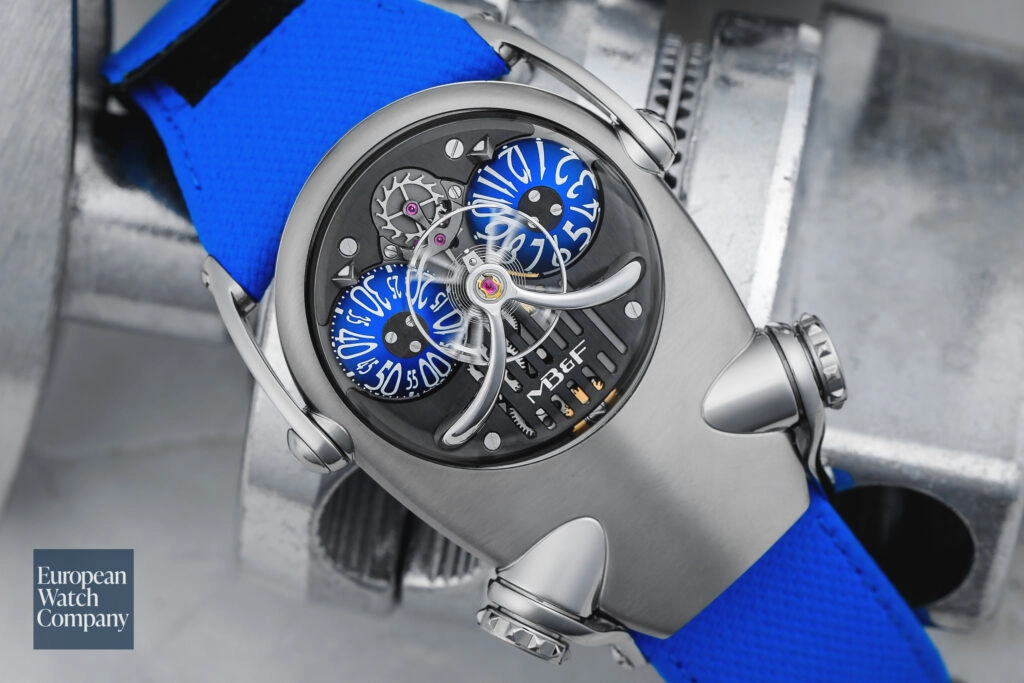
When it comes to materials, he’s open to experimentation, citing a mix of function and feel. “Ceramic is great when I want to avoid scratches. Titanium, carbon fiber, and ceramic are all mature now in terms of machining and application, so they’re always on the table. Lately, I’ve also been experimenting with BMG, specifically Amorphous Zirconium. It’s lightweight, hard, and tough. Honestly, it feels almost too good to be true.” Still, he added, stainless steel remains a core part of his collection and design thinking. “It’s a timeless classic that I’ll never abandon.”
As for who’s buying into these trends, Young draws a line between traditional collectors and the new generation. “Traditional collectors focus on established maisons and well-known independents. They’ve already acquired most of what they wanted and are now mainly looking for novelty. The younger generation, especially those born after 2000, is more rebellious by nature. Their budgets may be tighter, but they’re far more curious about emerging and microbrands.”
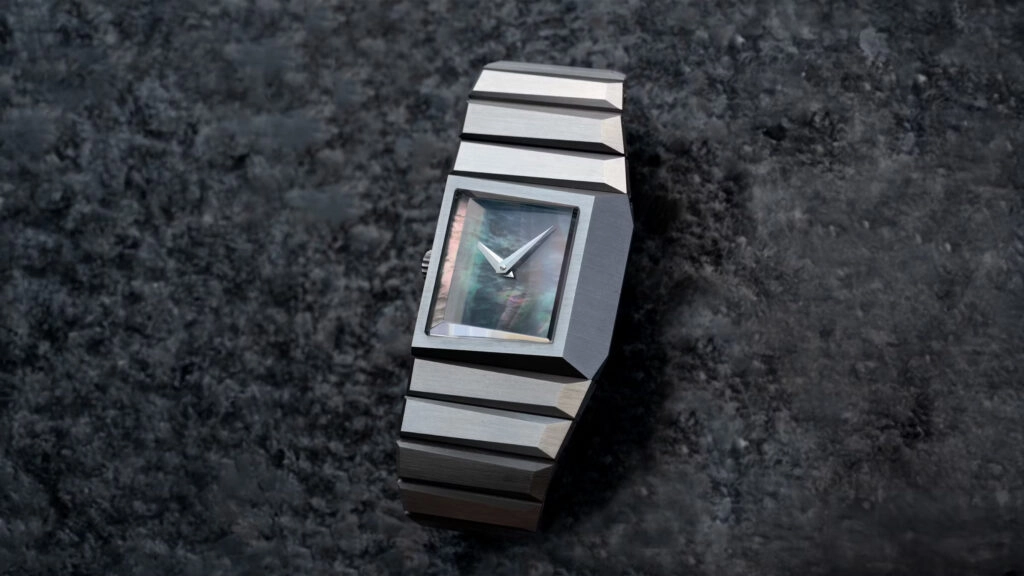
Young sees the rapid pace of trend turnover less as a threat and more as an opportunity. “Classics will always be classics,” he said. “The rapid turnover of trends doesn’t really shake the strong players, and it doesn’t bother agile independents either. There’s an old saying: a small boat turns faster. That’s exactly the kind of flexibility that gives independents their edge.”
What the Market Is Telling Us
Young’s view is echoed by Justin MacDowell, one of the Sales Managers at European Watch Company. MacDowell believes today’s market feels far more grounded than even a few years ago. “The markets have settled, and the crazy pandemic-fueled days where you could buy almost any Rolex at retail and flip it for a big profit are long gone,” he explained. “This has led clients to rethink the hobby. Instead of just blindly following what’s hot or profitable, people are buying what they actually like and are exploring different corners of the watch world that they might not have previously.”
While trend-driven designs are still part of the picture, MacDowell notes that these waves tend to follow a familiar cycle. “Several years ago, vintage watches were the big thing. Then during the pandemic, we saw demand explode for stainless steel sport watches like the Nautilus, Royal Oak, and Daytona. After that, there was a brief period where independents and microbrands were hot, and now buyers seem to be coming back to more classic designs from established manufacturers.”
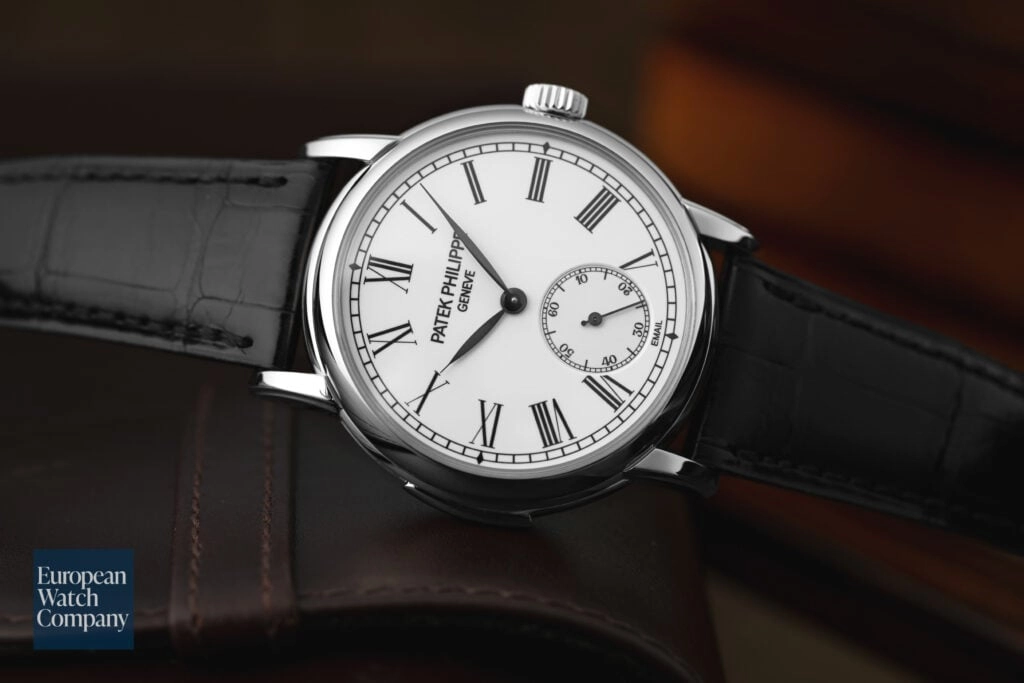
On the topic of resale, the advice is clear. “Buy a Nautilus ten years ago for $35k and you're smiling today,” MacDowell said. “But if you went for a vintage Rolex Bubbleback around the same time, chances are you'd be disappointed when it came time to sell.” He added that colorful and experimental pieces generally don’t hold value well. “There are exceptions to the rule, but in general, you should only buy funky stuff if you really love it.”
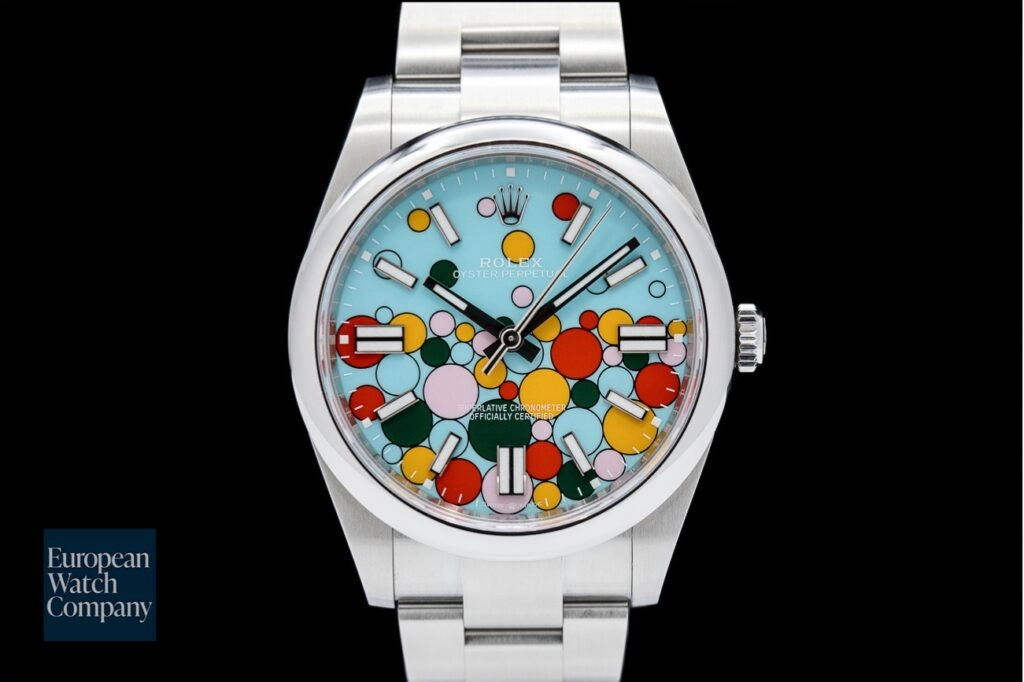
He also noted that trend-following isn't just for newcomers. “It's often people who are early in their collecting journey that haven’t figured out what they like yet, but to be honest, anyone can get swept up in a trend.”
Where It All Ends Up
None of this is to say bold design should be avoided. Some of the most iconic watches ever made — the Royal Oak, the Nautilus, the original TAG Heuer Monaco — were considered strange or even risky when they first launched. But the pace of change was different. Trends moved slowly. Watches had time to find their audience.
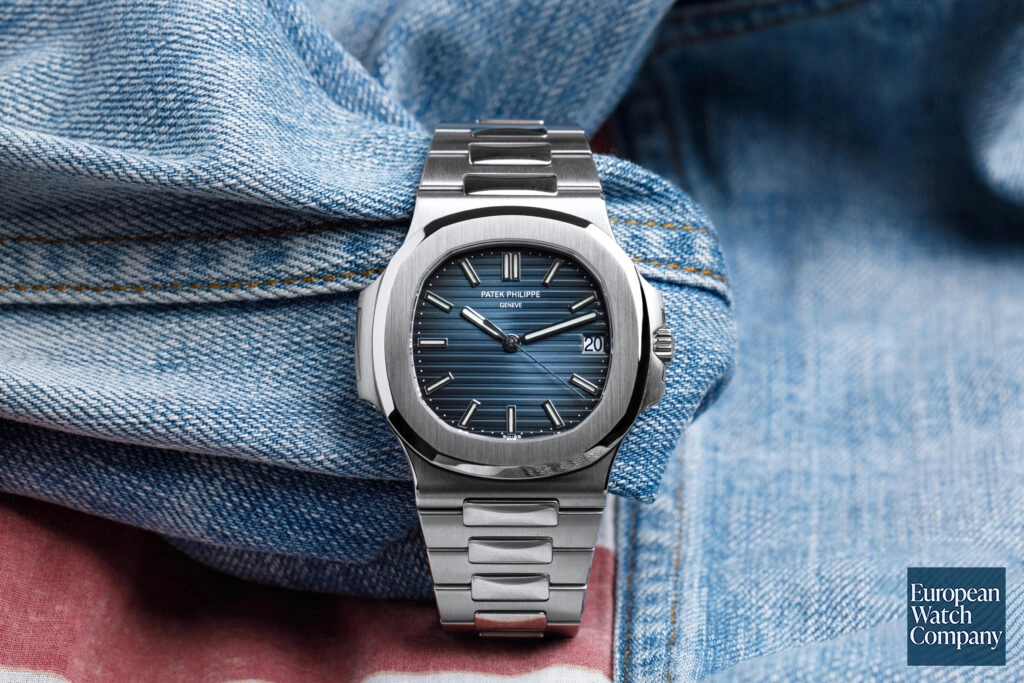
Today, brands are dropping limited runs and color variants like sneaker releases. Social media can turn a niche idea into a must-have overnight. In that context, it’s easy to see why some collectors are feeling a bit fatigued. It’s also why others are returning to more classic staples.
Final Thoughts
There’s nothing wrong with loving color, alternative materials, or the thrill of the new. But not every trend is worth chasing, and not every experiment stands the test of time. If you’re building a collection that lasts, ask yourself whether that bright green fumé dial or sandblasted titanium case will still spark joy after the hype fades.